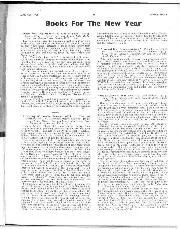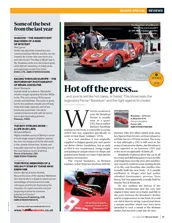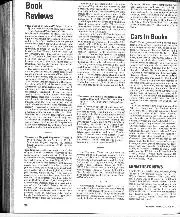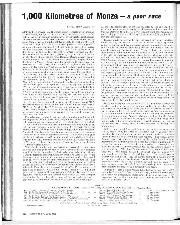If Chinetti had ensured Ferrari now had a marketing strategy of sorts, so Ferrari had to produce cars that would create and meet the demand. The last-known 166 chassis was one of the earliest Ferraris to be handed to Pinin Farina (they only became Pininfarina in ’61), and the resultant 166MM/53 launched the classic hunkered-down, aggressive stance, the Borrani-wheeled, long-bonnet look that is so intrinsically linked to the most famous Ferraris of all.
Those street-legal road-racers to which I refer, Tour de France, SWB and GTO — readily available to wealthy enthusiasts — were Enzo’s crucial third string. Imagine the strain on his staff as they fought to keep abreast of Formula One, Prototypes and GTs. The foundry, the core of his operation, must have been running flat out all hours. A strong pragmatic streak, though, kept it all together. And therein lies the next key to Ferrari’s growth, stability and success — the 60-degree V12, single-cam-per-bank 250 engine.
Gone is the vintage feel so characteristic of the front-engined cars.
This fantastic, beautifully simple motor (plugs, points, carbs — all owner/driver stuff) came off the drawing board in November 1951, but can be traced back to Gioacchino Colombo’s 1946 design. And yet, in a variety of capacity sizes, fore or aft the driver, it scored seven Le Mans wins in eight years (1958 and 1960-65). And right in the wheel tracks of the Prototypes were the GTs, same engine, picking up the pieces in the overall standings and, barring a single-lap Cobra win in 1964, wiping the floor with their class opposition. From Testa Rossa to GTO to the most ‘shopping’ of Ferraris, you could have virtually the same V12 under your right foot. The link was mechanical as well as passionate. Ferrari had every base covered.
It couldn’t last. By the mid-’60s the sport was becoming more specialised: Henry’s Fords, which finally whupped Ferrari at Le Mans in 1966, ushered computers into the fray; budgets were spiralling, teams expanding, technology accelerating. Which is where our three featured cars come in — and out.




